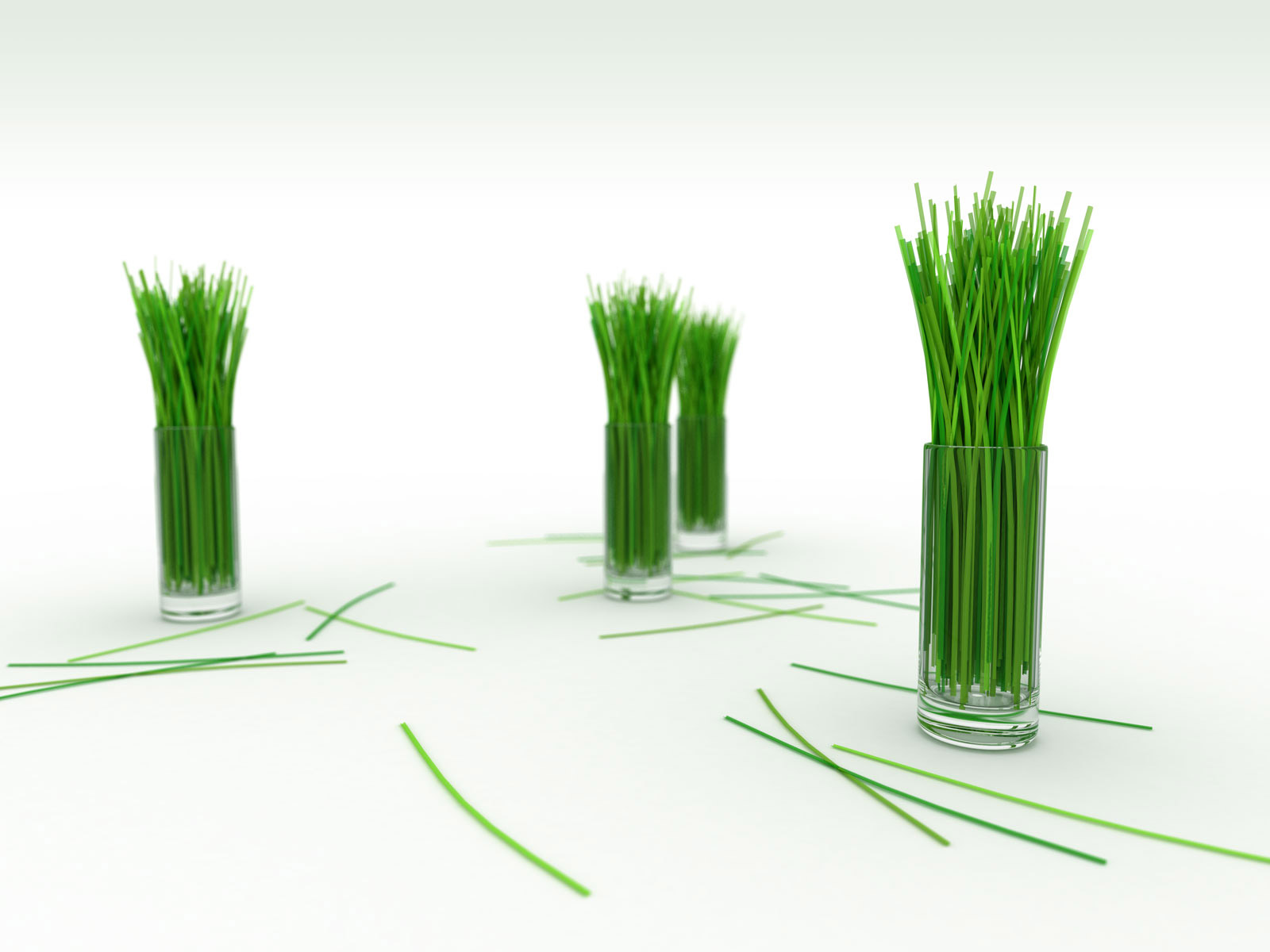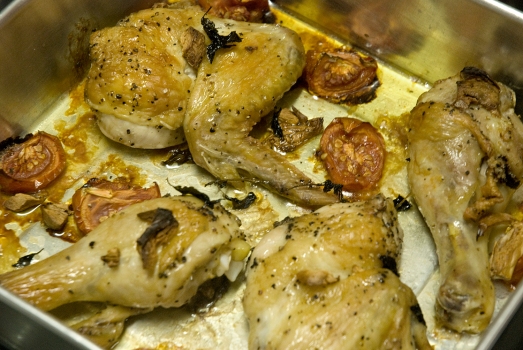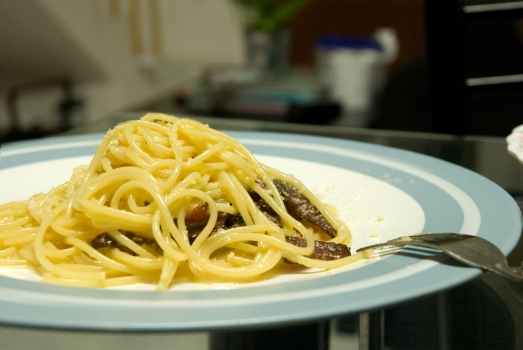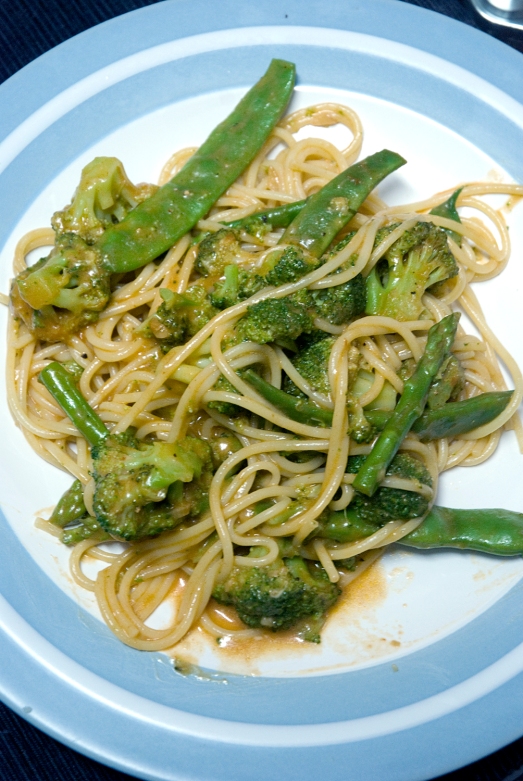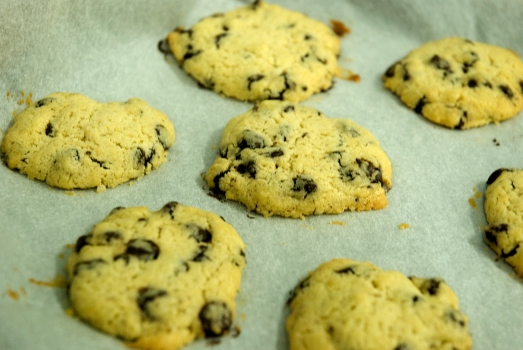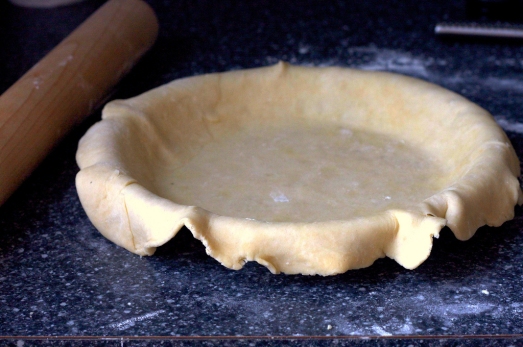A quiche is basically an open-faced pastry crust with custard filling garnished with any savories that goes well with eggs. Traditional quiche is filled with spinach and mushrooms, but for this variation of the traditional mushroom quiche, i added some leftover roasted chicken from last night. Cheese is the quintessential element in a quiche and good quality Gruyère or Comtè is the normal choice. Again, for this variation, i stick to good old fashion Mozzarella for cost-saving measure, though it is as savory, and enough for my palate. A proper quiche shell must be deep enough to allow you to cook the custard propertly, which is why a traditional 9-inch ring mold is the preferred choice. If the shell is too shallow, you wont have a luxurious enough custard to offer the fundamental pleasure.
Serve 6-8
2 medium shallot, thinly sliced
a pound of assorted mushroom (shitake, swiss brown, white button, etc.)
1/2 cup of milk
1/2 cup of double cream
3 large eggs
1 1/2 cups of grated Mozarella cheese
salt and freshly ground black pepper
extra virgin olive oil
Prepare the shell by making your basic pie dough. Blind bake the shell and let rest while you prepare the fillings. Heat oil in a large saute pan over medium high heat. Add shallots, and cook, stirring, until translucent but not brown, about 1 minute. Add mushrooms, and season with salt and pepper. Cook, stirring frequently, until mushrooms are dark golden brown, around 8 to 10 minutes.
Sprinkle half the cheese evenly over the bottom of the shell. Spread mushrooms over the cheese and then top with remaining cheese. In a medium bowl, whisk together milk, cream, and eggs. Season with salt, and pepper. Pour over cheese. Transfer to oven, and until 30 to 35 minutes. Cool for about 10 minutes before serving.
